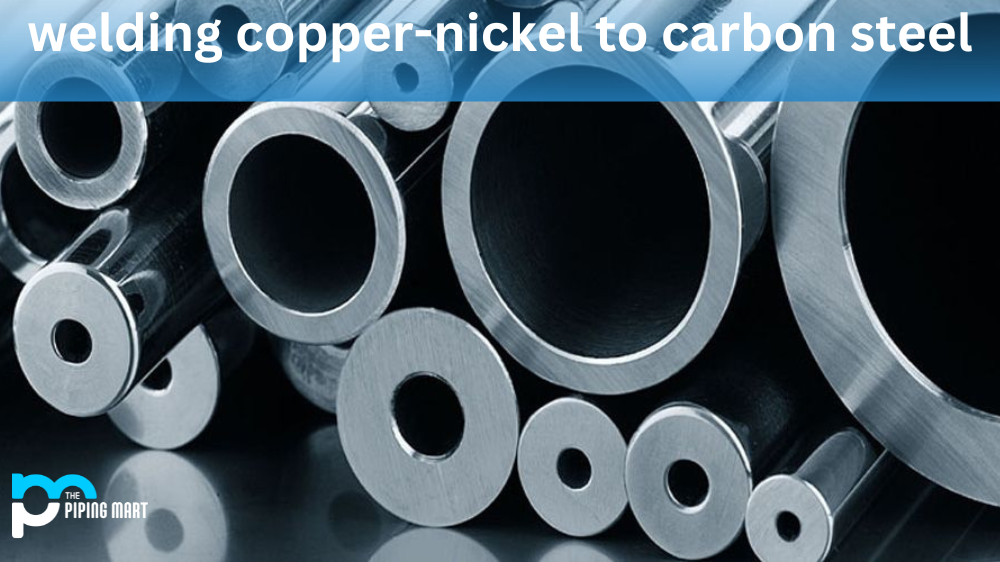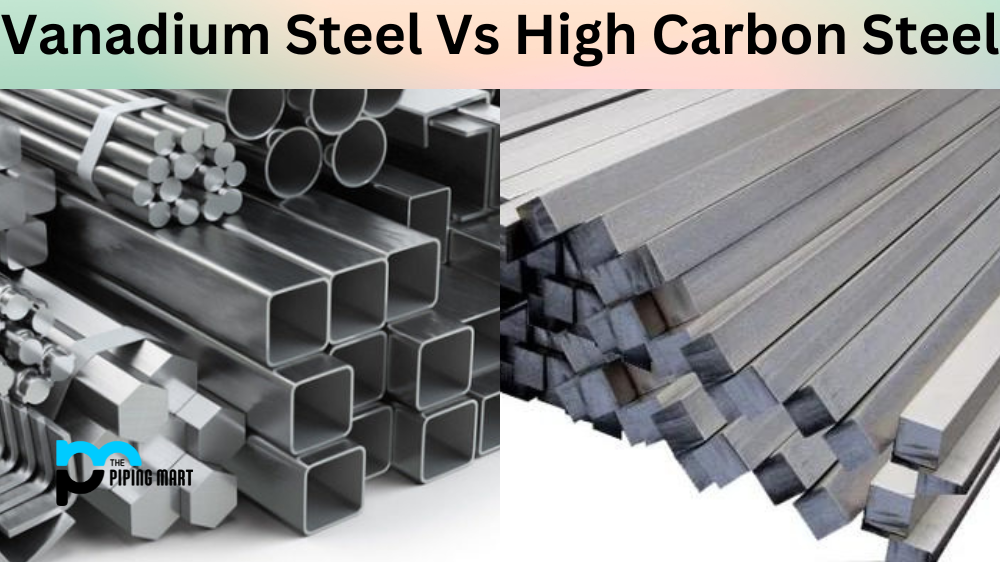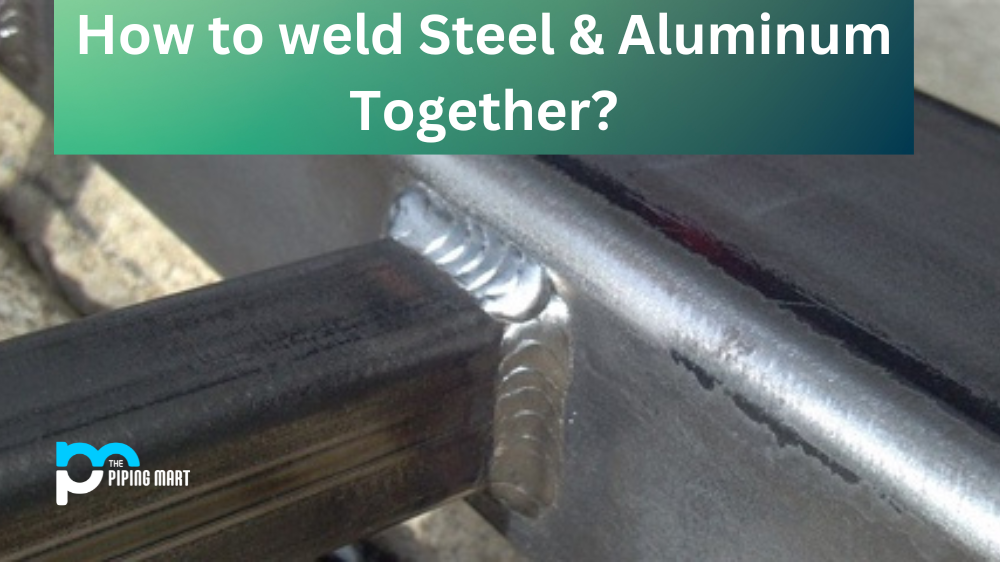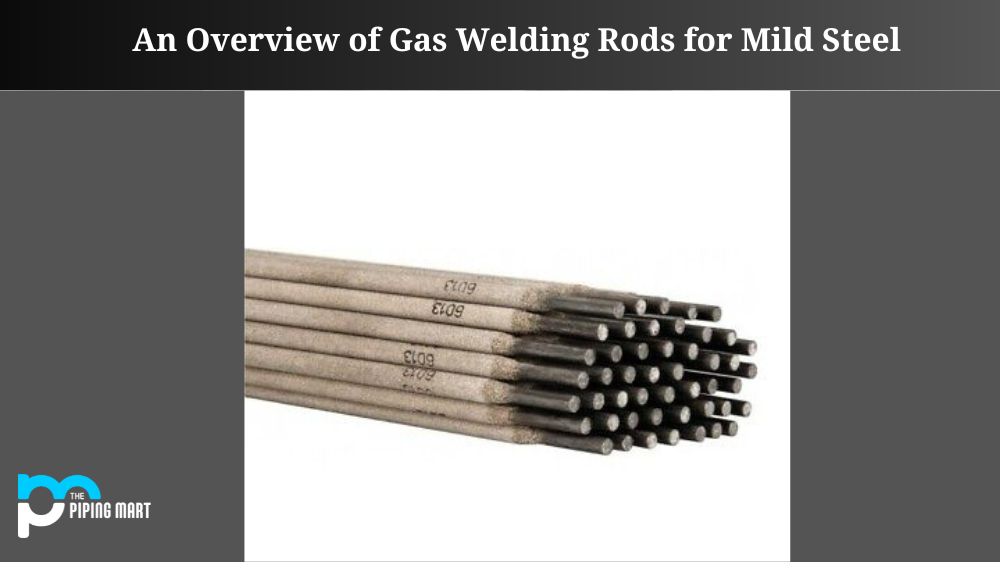Copper nickel is a popular alloy material with a range of useful properties. It is often used in constructing pipes, valves, pumps, and other components and is also frequently used for welding applications. In this blog post, we’ll explore what you need to know about welding copper-nickel to carbon steel and the best practices you should follow.
Preparation
Before welding copper-nickel to carbon steel, you must ensure that both surfaces are clean and free of dirt and debris. This helps ensure that the weld will adhere correctly. Additionally, it’s important to use an appropriate electrode for the job; copper-nickel electrodes are designed specifically for welding this material. When selecting an electrode, consider its size and type; some electrodes are designed for high-heat applications, while others are better suited for lower-heat applications.
Welding Process
Welding copper-nickel to carbon steel is an involved process that requires special preparation. The first step is to ensure that the surfaces of both materials are clean and free from any contaminants or corrosion. This will help ensure a strong weld and minimize the risk of cracking or other problems later on. Once the surfaces are prepped, it’s time to begin welding.
When welding copper, nickel, and carbon steel together, it’s important to use a filler metal that has a similar composition as the base metals being joined. This ensures that the welded joint will have similar properties to the base metals. Specialty alloys like stainless steel, aluminum, or titanium can also be used if necessary. However, these alloys must be carefully chosen based on their compatibility with the joined materials.
The next step is to select an appropriate welding process for joining copper-nickel and carbon steel together. Shielded metal arc welding (SMAW) may be the most common option here due to its simplicity and effectiveness; however, other processes, such as gas tungsten arc welding (GTAW), may also be suitable depending on your specific application requirements. Whichever welding process you choose, it’s important to ensure that your equipment is properly set up beforehand to ensure optimal operational performance.
Once everything has been set up correctly, it’s time to begin making your welds! Make sure you use the correct amperage settings for your particular application to keep heat input low enough so as not to overheat either material being welded together—this can lead to cracking or other defects in your finished product!
- The first step in welding copper-nickel to carbon steel is to clean the surfaces of the metals that will be joined. This can be done with a wire brush, sandpaper, or a grinding wheel.
- Next, the welder will set up the equipment needed for the welding process. This includes an arc welder, welding rod, and gloves.
- Once the equipment is set up, the welder will strike an arc between the metals to be joined. This arc will heat the metals to a temperature that is hot enough to melt them.
- The welder will then add filler material to the joint between the metals. This filler material will help to create a strong bond between the metals once they cool and solidify.
- After the filler material has been added, the welder will continue to heat the metals until they reach a hot enough temperature to weld them together.
- Finally, the welder will allow the metals to cool before removing them from the welding machine.
Post-Weld Cleanup
After you’ve completed the welds on both sides of your joint, it’s time for post-weld cleanup. Use a wire brush or grinding wheel to remove any slag or excess material from your welds; this helps reduce porosity in your joints and ensures that they will be as strong as possible when they cool down. Additionally, inspect your welds carefully—if there are any visible defects or cracks, re-weld them until they are perfect!
Conclusion:
Welding copper, nickel, and carbon steel together can be challenging but rewarding if done correctly. By selecting an appropriate filler metal, welding process, and amperage settings for your application needs, you can achieve successful results every time! With patience and practice, anyone can master this complex task—so why not try it? Good luck!

Abhishek is a seasoned blogger and industry expert, sharing his insights and knowledge on various topics. With his research, Abhishek offers valuable insights and tips for professionals and enthusiasts. Follow him for expert advice on the latest trends and developments in the metal industry.




